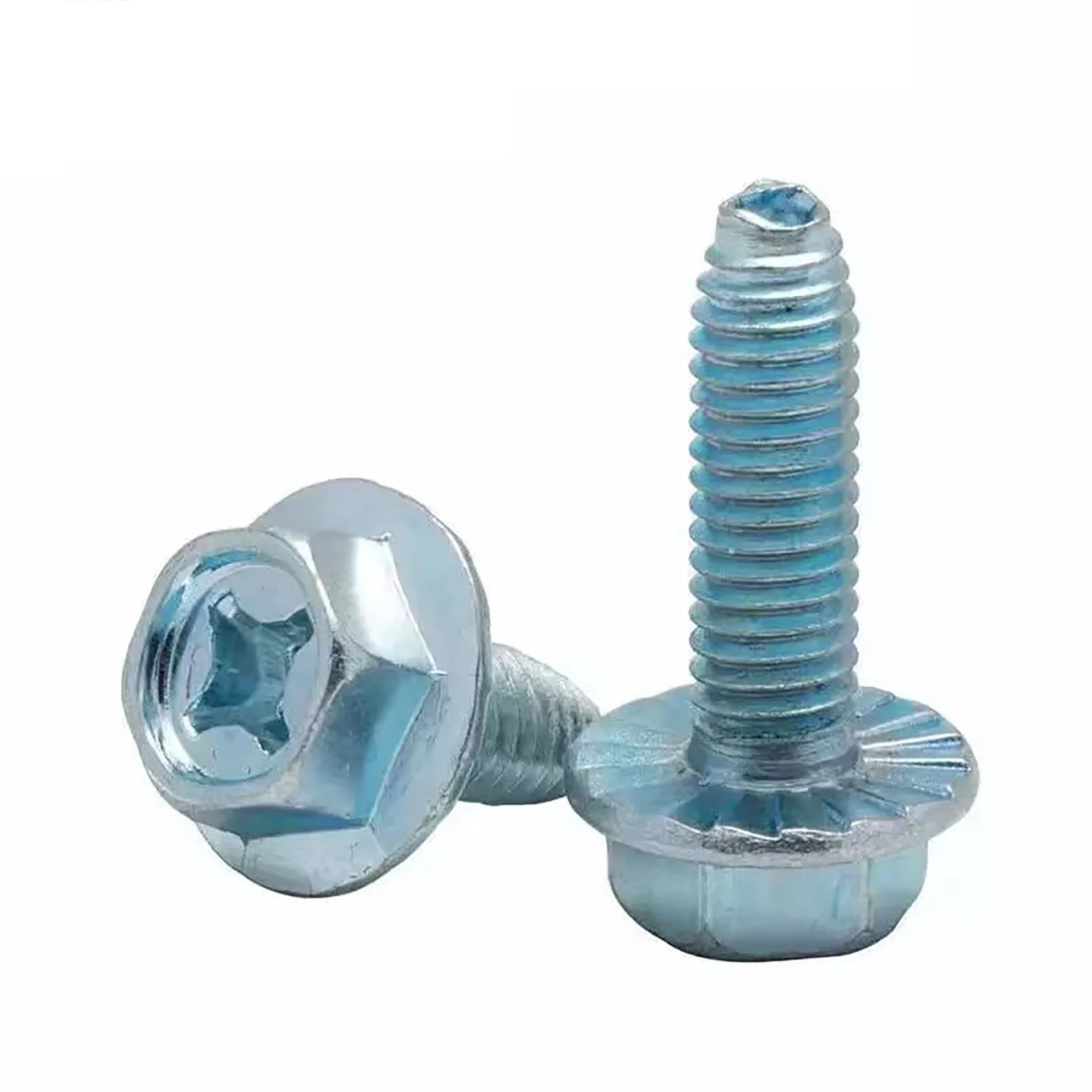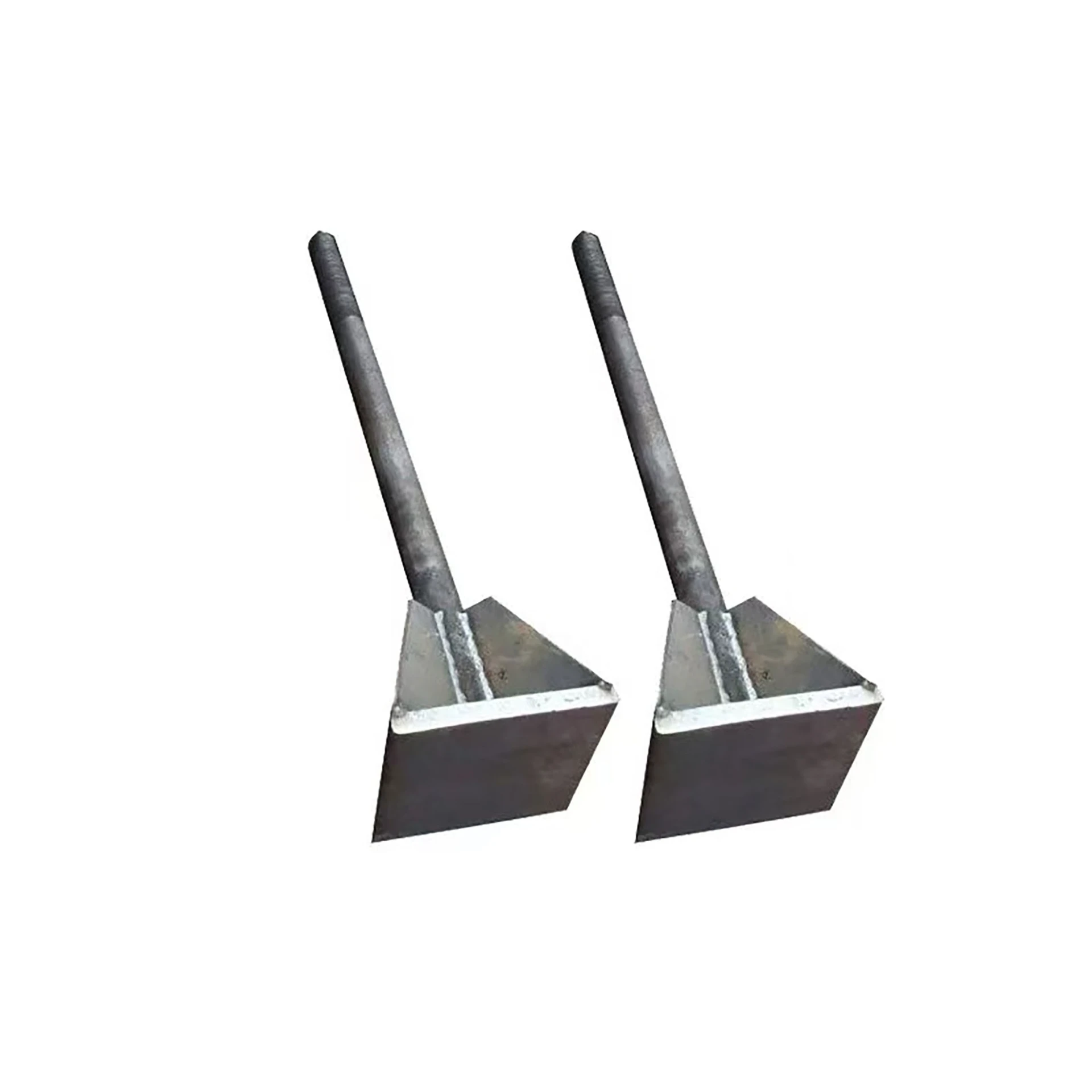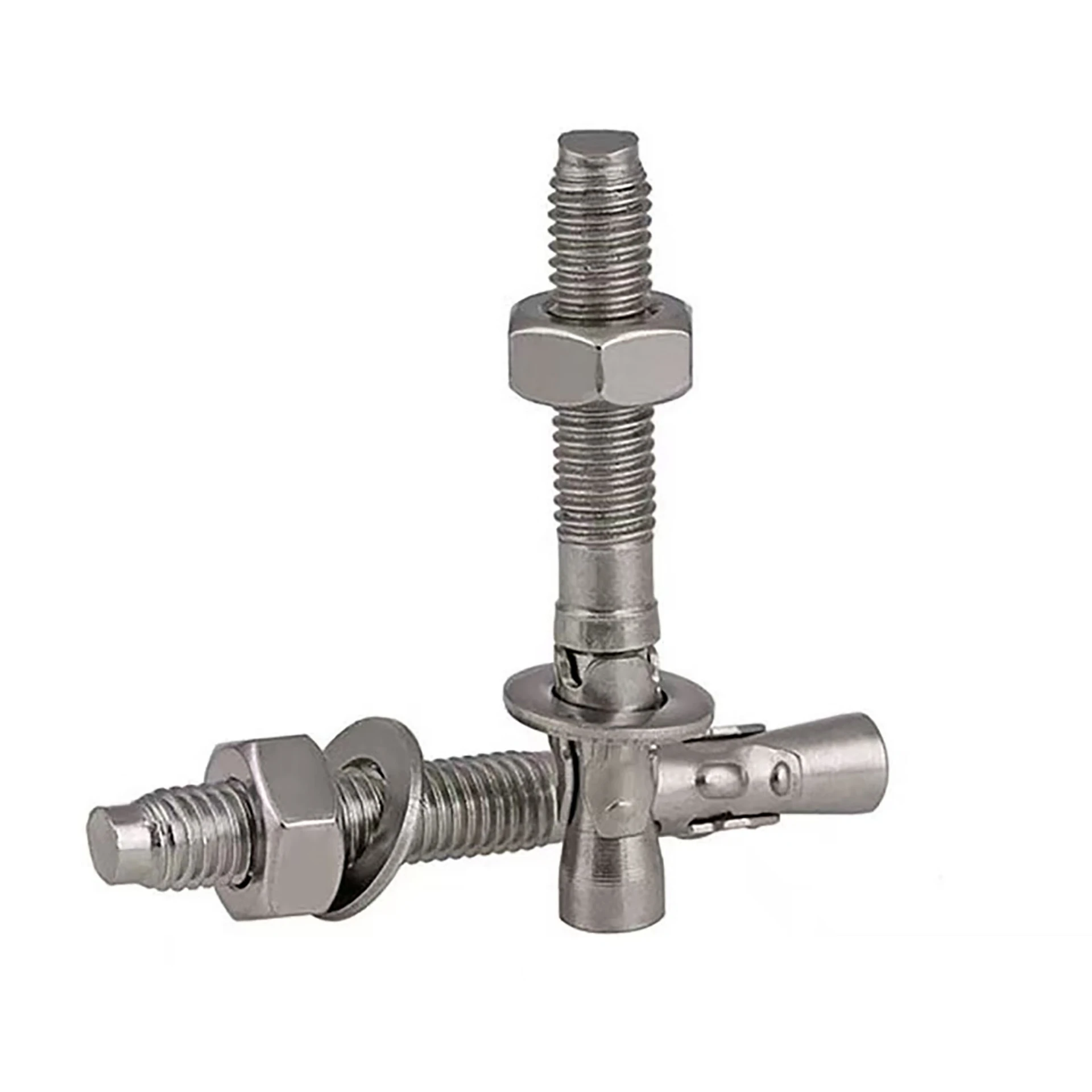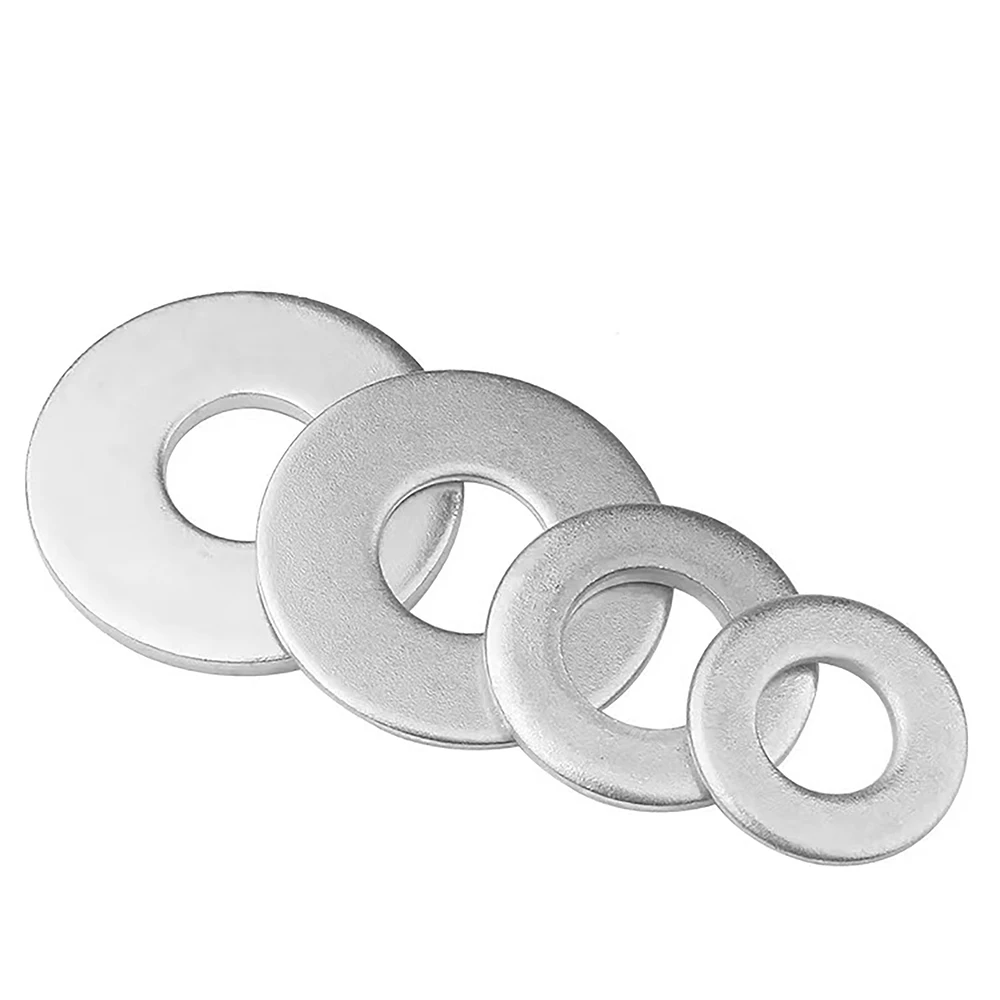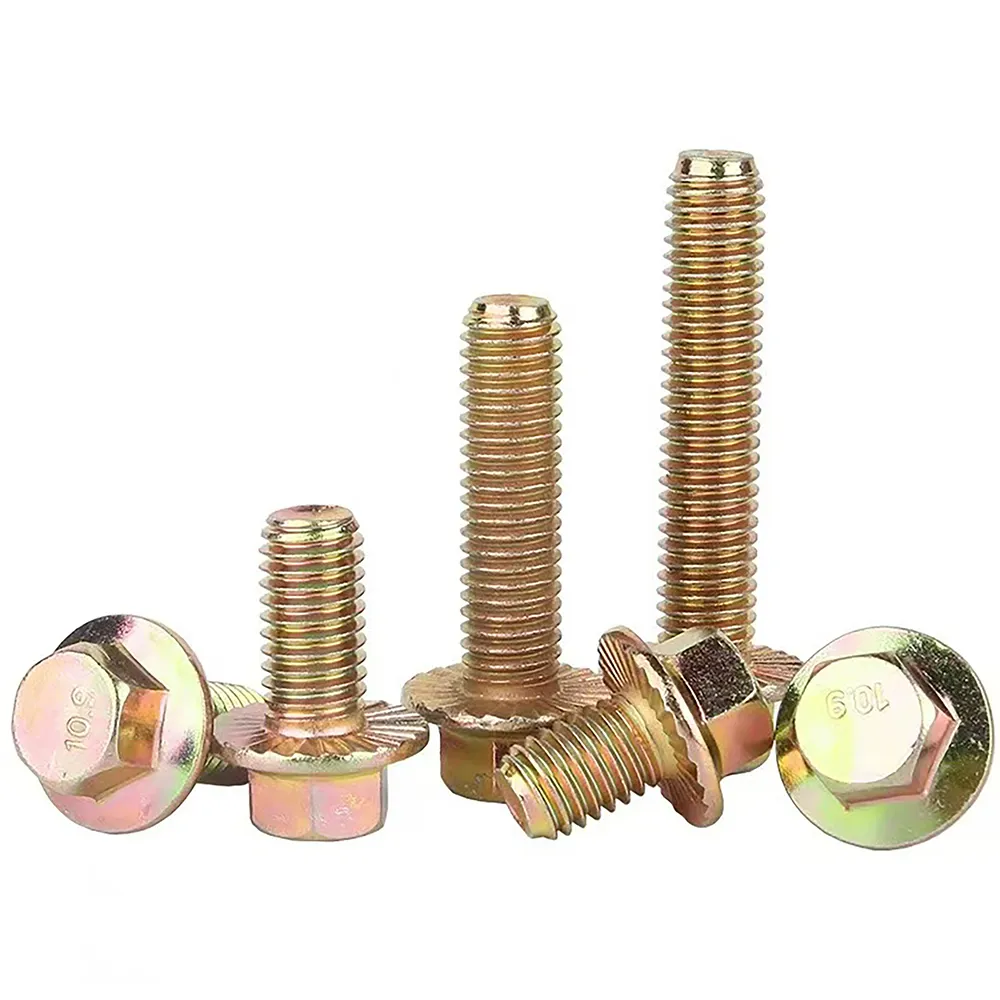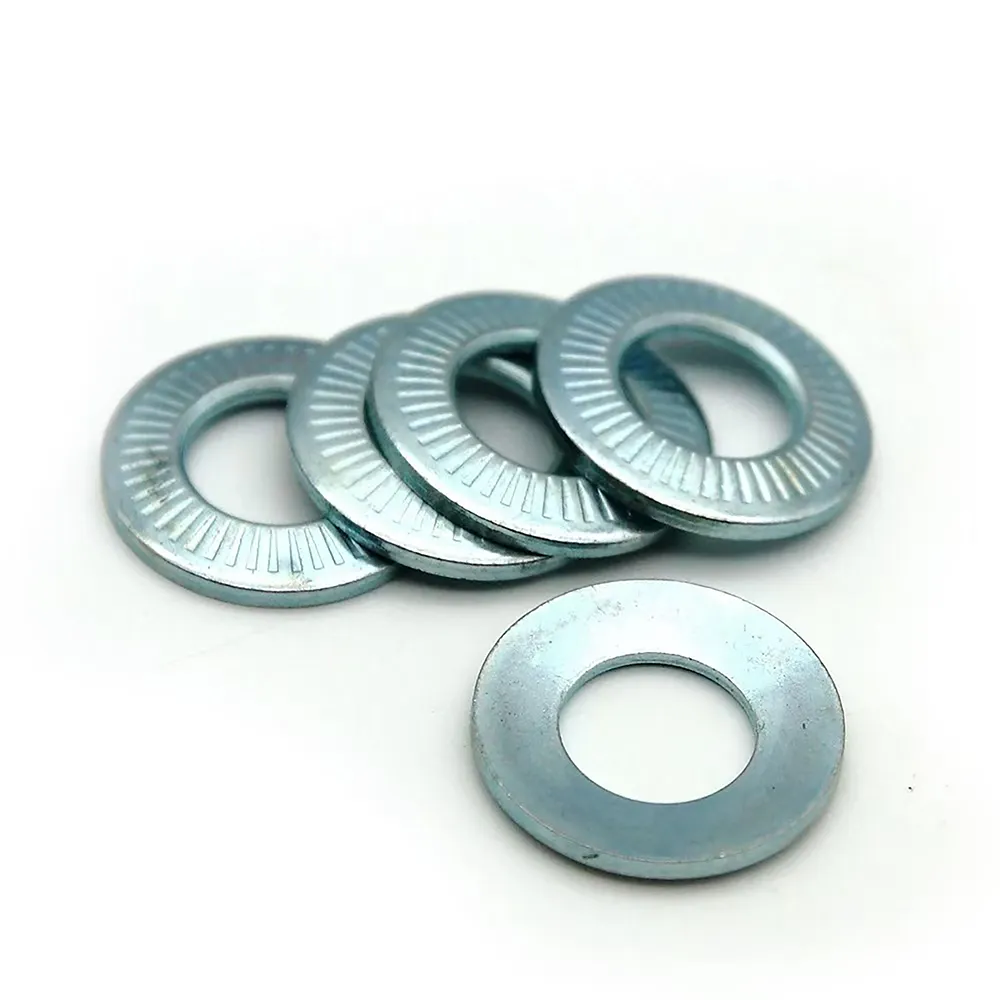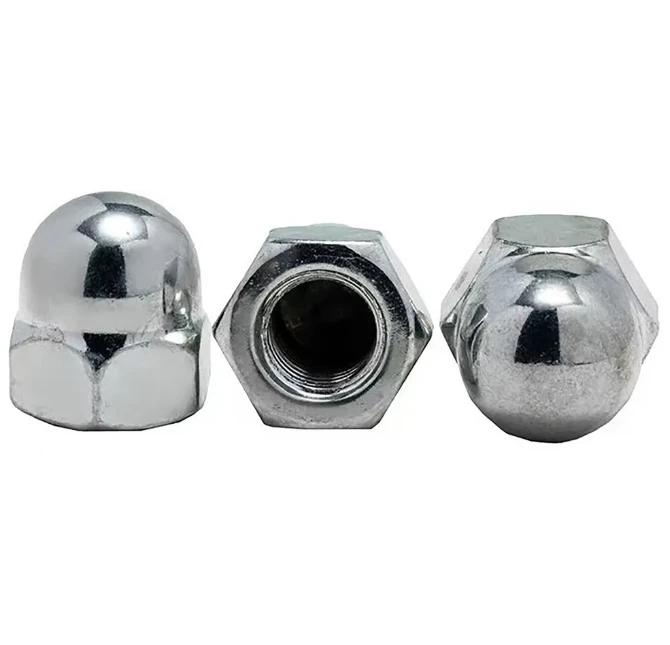Masonry Sleeve Anchor | Heavy-Duty, Corrosion-Resistant
Sleeve Anchor Bolts: field notes from jobsites, labs, and a few rainy rooftops
If you’re hunting for a rock-solid masonry sleeve anchor, you’re probably balancing price, pull-out values, and lead times. I’ve spent the last decade watching what actually holds up on site—literally—and what fails when the substrate or coating is wrong. Below is a concise, no-drama briefing drawn from installers, lab reports, and my own, occasionally muddy, notebook.
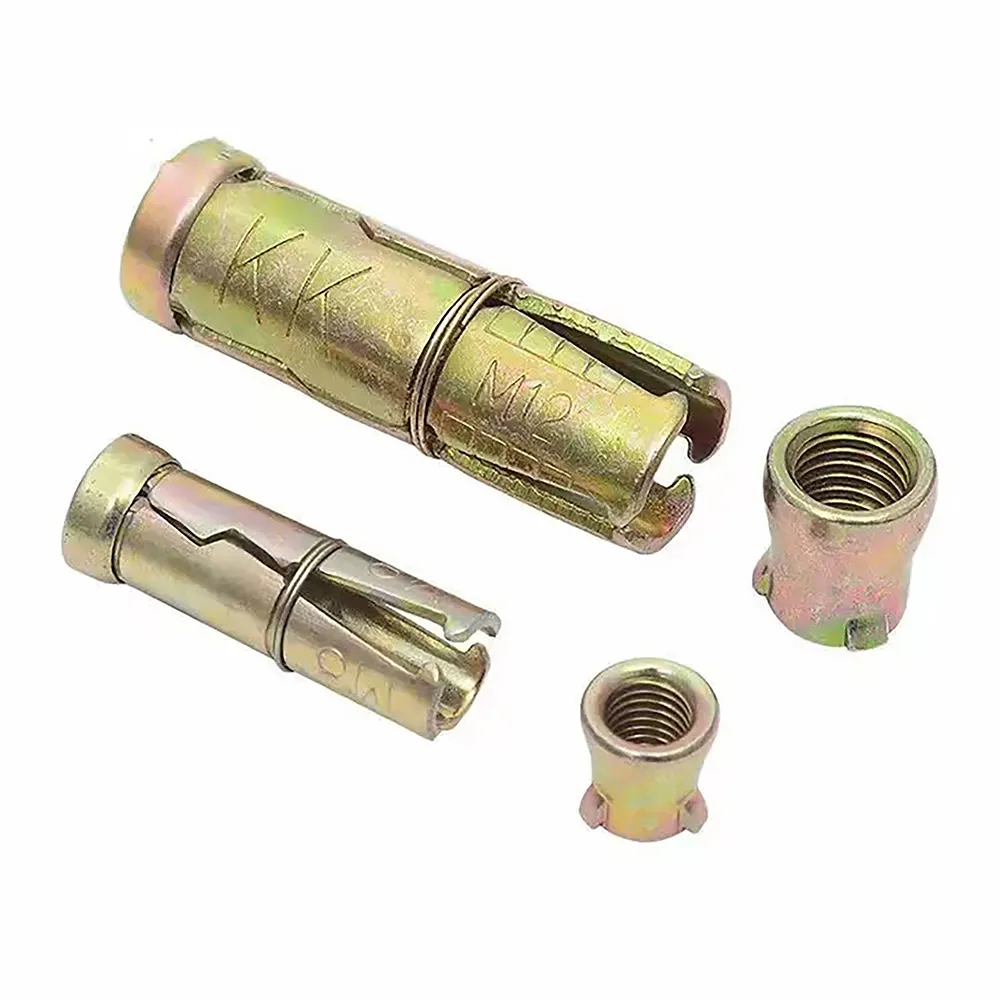
Where these anchors are trending
Demand is shifting toward verified performance in cracked concrete, higher corrosion classes, and traceability. Retrofit HVAC and solar racking crews want quick, predictable set. Signage installers love the “no fuss” torque-down workflow. And facility managers keep asking for documented testing—no surprise after a few publicized failures. In other words: the masonry sleeve anchor has gone from commodity to “prove it.”
Product snapshot (FastenBoen, Hebei)
Origin: Hanguang Industrial Park, Yongnian District, Handan City, Hebei Province. The line I reviewed is positioned as value-grade with consistent machining and straightforward customization.
| Spec | Details (≈ real-world values may vary) |
|---|---|
| Sizes / QTY | M6×50 (≈2000/ctn), M6×80 (≈1800/ctn), M8×60 (≈800/ctn), M10×70 (typical pack) |
| Base Material | Carbon steel, ISO 898-1 class 5.8/6.8; optional SS 304/316 for coastal installs |
| Coating | Zinc plated per ASTM B633; hot-dip galvanized on request; salt spray ISO 9227 ≥ 72–240 h options |
| Typical Pull-Out (M8) | ≈ 6–9 kN in C20/25 concrete, edge/spacing per ACI 355.2; installer torque 15–20 N·m |
| Service Life | 5–15 years zinc plated (urban); 15–25+ years 316 SS (coastal), assuming correct design |
| Certs | Factory ISO 9001; RoHS/REACH plating statements available |

How it’s made and verified
Materials are bar-turned and cold-formed; sleeves are roll-formed for even expansion. Threads are checked to ISO 965-1/2. Batch sampling follows AQL plans; mechanical tests reference ISO 898-1; coating thickness per ASTM B633. Anchor performance is benchmarked to ACI 355.2 protocols and, where required, EAD 330284 methods. Torque-tension correlation is validated on calibrated rigs. To be honest, what impressed me was consistency in the sleeve split—less galling, smoother set.
Where a masonry sleeve anchor just works
- HVAC brackets, pipe hangers, electrical trays
- Handrails, light structural brackets, racking
- Signage and façade accessories in solid brick or concrete
- Temporary fixtures in renovation (quick removal, minimal damage)
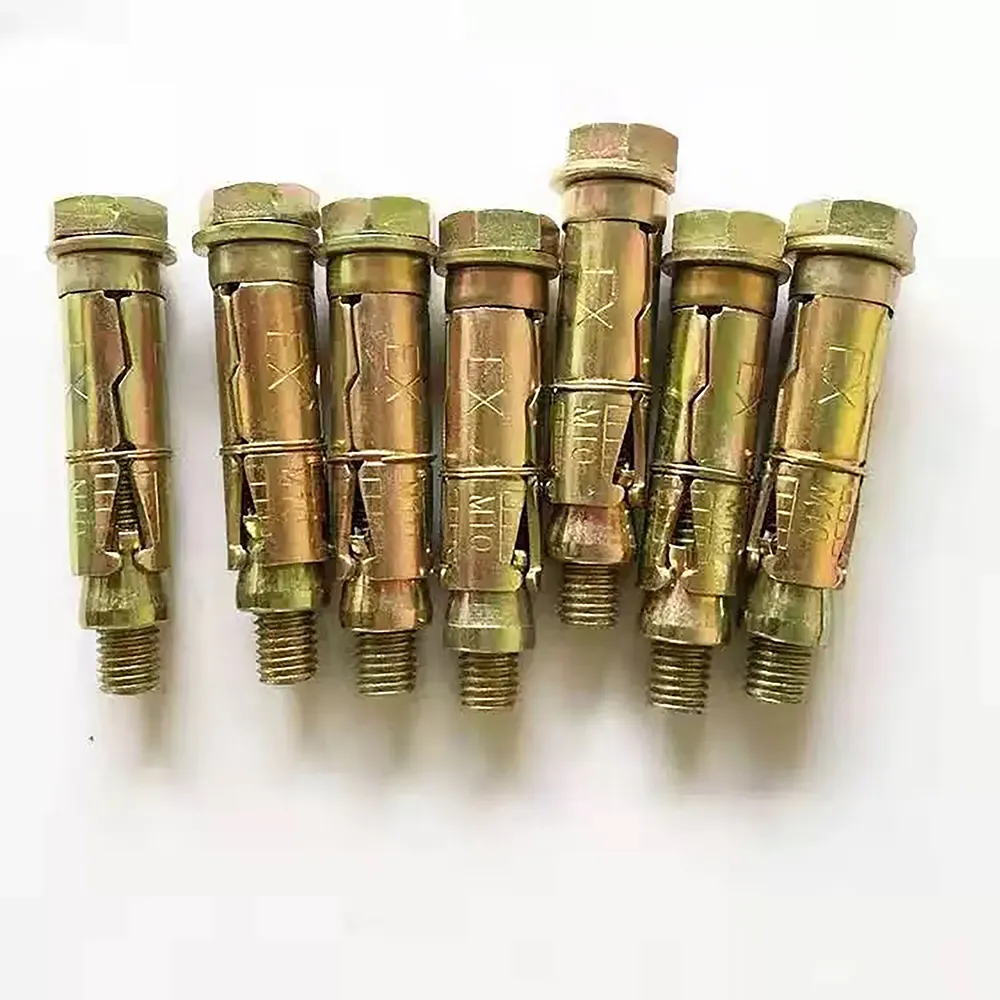
Vendor comparison (condensed)
| Vendor | Strengths | Watch-outs |
|---|---|---|
| FastenBoen (Hebei) | Competitive price, stable machining, custom packs/sizes, responsive lead times | Primarily value-grade; request test sheets for critical work |
| Generic import | Lowest upfront cost | Variability in sleeve expansion and plating; sparse documentation |
| Premium EU brand | ETAs, cracked concrete data, software design tools | Higher cost; MOQs for stainless or specials |
Customization and real feedback
Options include extended lengths, countersunk/hex flange heads, HDG or 316 SS, and private-label cartons. Many customers say the snug, predictable set reduces rework—especially on older concrete where over-torque is a risk. One foreman said, “Threads bite clean; sleeves don’t spin,” which, honestly, is half the battle.

Case note: coastal retrofit
A parking structure retrofit in a marine zone swapped zinc for 316 SS masonry sleeve anchor units. Salt-spray testing (ISO 9227) ≥ 500 h and conservative edge spacing produced clean inspections at 18 months. Pull-out checks averaged ≈ 8.2 kN for M8 in C25/30—well within design. Not flashy, just reliable.
Always follow the structural engineer’s design, edge/spacing limits, hole cleaning, and installer torque. Lab numbers mean little without proper preparation.
Authoritative references
- ACI 355.2-19 – Qualification of Post-Installed Mechanical Anchors in Concrete
- EAD 330284-00-0601 – Mechanical fasteners for use in concrete (EOTA)
- ISO 898-1 – Mechanical properties of fasteners
- ISO 9227 – Corrosion tests in artificial atmospheres (salt spray)
- ASTM B633 – Electrodeposited coatings of zinc
- GB/T 3098.1 – Mechanical properties of fasteners (China)
Who We Are: The Right Fastener Partner for Global SMEs
Handan Boen Fastener Manufacturing Co., Ltd. (Est. 2010) specializes in producing standardized industrial fasteners, including bolts, nuts, washers, and other essential components. We provide cost-effective for small and medium-sized buyers in industries such as automotive parts, agricultural machinery, and construction.
